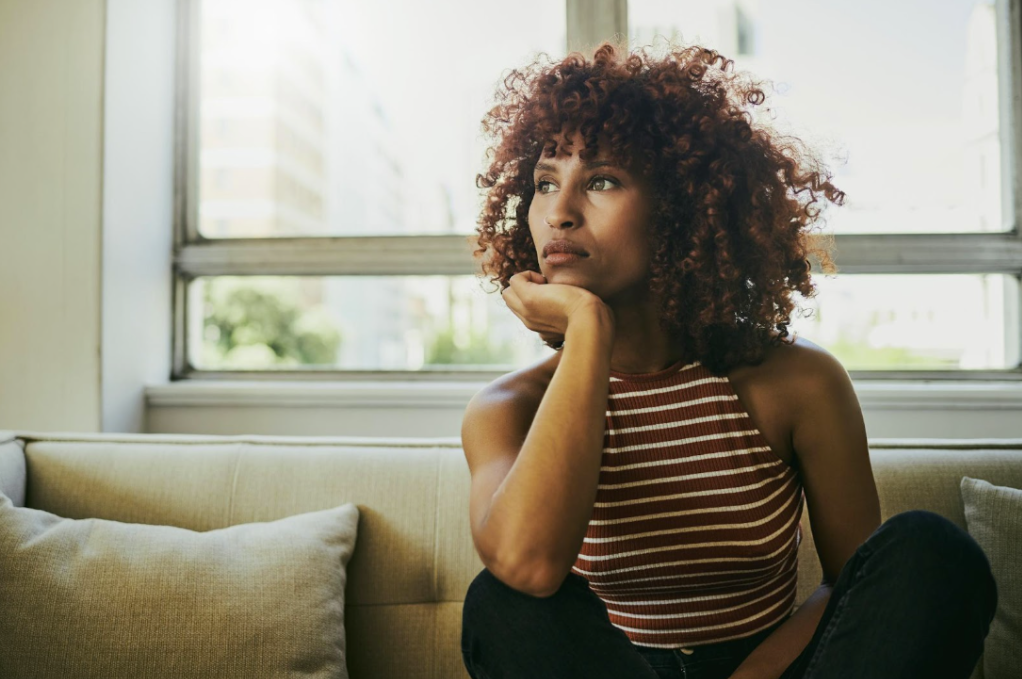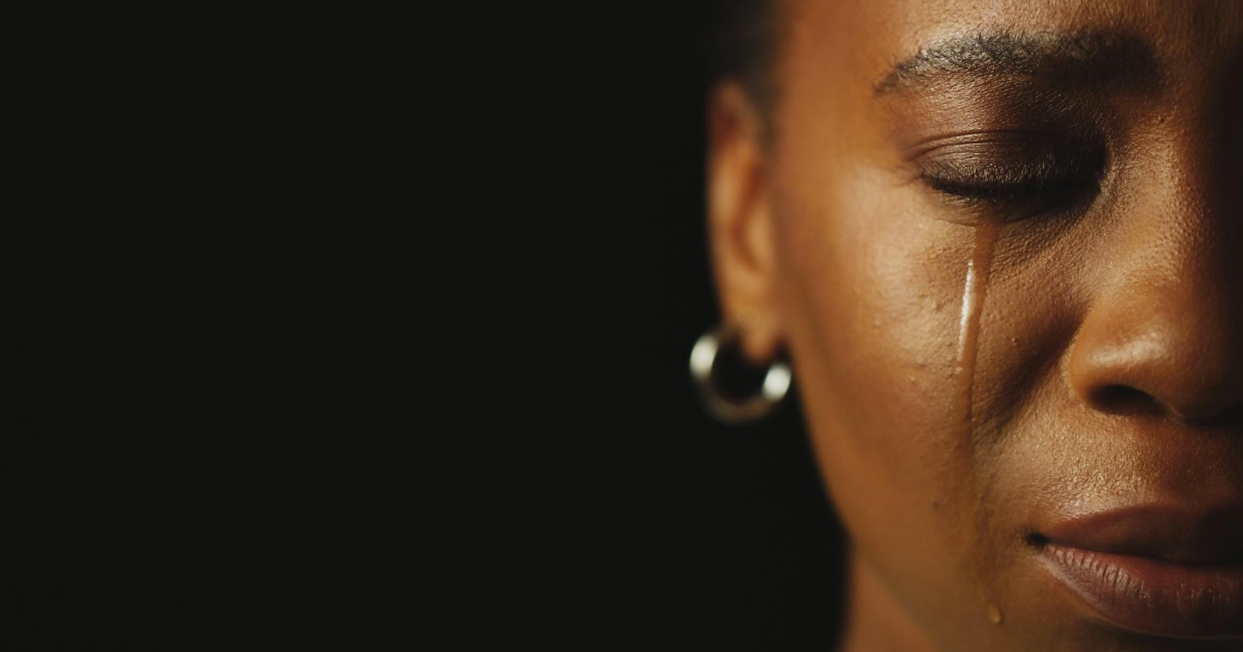Understanding Seasonal Depression in the Black Community
Seasonal depression, also known as Seasonal Affective Disorder (SAD), significantly impacts Black communities due to cultural stigma, systemic barriers, and limited access to culturally competent care. We discuss it here!
Photo Credit: FatCamera via iStockPhoto.com
By: Jamila Gomez
Seasonal depression, or Seasonal Affective Disorder (SAD), affects millions of people worldwide, but its impact on Black communities is often overlooked. This form of depression, typically linked to shorter days and reduced sunlight during fall and winter, can exacerbate mental health challenges in Black individuals due to unique cultural, systemic, and social factors.
What is Seasonal Affective Disorder?
SAD is a type of depression that usually emerges in the fall and winter months when daylight hours decrease. Common symptoms include fatigue, feelings of sadness, irritability, difficulty concentrating, and changes in appetite or sleep patterns. For many, these symptoms can interfere with daily life and well-being.
The Intersection of SAD and Black Identity
Black people face unique challenges when it comes to mental health. Systemic racism, economic disparities, and limited access to culturally competent mental health care can make diagnosing and managing SAD more difficult. Additionally, cultural stigma around mental health in many Black communities can discourage individuals from seeking help, leaving them to cope alone.
The physical symptoms of SAD, such as low energy and mood changes, may also be misattributed to external stressors or dismissed as minor concerns. However, SAD is a legitimate mental health condition requiring attention and care.
Barriers to Treatment
Access to mental health care is often inequitable. Studies show that Black Americans are less likely to receive a diagnosis for depression or to be treated for it, compared to white individuals. This disparity is compounded during the winter months, when SAD symptoms peak but awareness and resources remain low. Additionally, many therapeutic interventions, like light therapy or medication, may not be readily accessible in underserved communities.
Strategies for Managing SAD
1. Light Therapy: Using a light therapy box can help compensate for reduced sunlight.
2. Vitamin D: Many Black individuals are prone to Vitamin D deficiency due to melanin’s impact on sunlight absorption. Supplements may help boost mood and energy.
3. Culturally Competent Therapy: Finding a therapist who understands the lived experiences of Black individuals can provide tailored support.
4. Community Support: Leaning on family, friends, and community groups can be a vital source of encouragement and resilience.
Breaking the Stigma
Talking openly about mental health and encouraging help-seeking behaviors is crucial in addressing SAD within the Black community. Education, advocacy, and culturally relevant interventions are key to ensuring no one suffers in silence. By acknowledging and addressing SAD, Black individuals can prioritize their mental health and thrive year-round.
YOU MAY ALSO BE INTERESTED IN:
SHARE TO SOCIAL MEDIA
Therapy in Black Relationships: Breaking Stigmas Around Mental Health and Love
Therapy is helping Black couples break cultural stigmas, heal generational wounds, and build stronger, healthier relationships rooted in love and understanding. We discuss it here!
Photo Credit: Prostock-Studio via iStockPhoto.com
By: Jamila Gomez
In Black communities, mental health conversations have often been overshadowed by cultural stigmas, societal pressures, and generational trauma. When it comes to Black relationships, these barriers can create cycles of misunderstanding, unhealed wounds, and emotional disconnection. However, therapy is increasingly being embraced as a tool to strengthen love, foster communication, and heal both individually and collectively.
For decades, therapy has been stigmatized in Black communities, often perceived as a sign of weakness or something only “crazy” people pursue. This misconception has been compounded by systemic racism within the mental health field, a lack of culturally competent therapists, and the idea that faith or family should be enough to address emotional struggles. These attitudes often find their way into relationships, where vulnerability is seen as a liability rather than a strength. Many couples internalize pain, resort to silence, or repeat unhealthy patterns they’ve inherited, leading to fractured relationships.
However, as conversations about mental health become more mainstream, Black couples are beginning to see therapy as a powerful resource for cultivating healthy, lasting love. Therapy provides a safe space to unpack individual traumas and explore how these impact the dynamics of a relationship. For example, a partner who grew up in a household where emotions were suppressed might struggle to communicate their needs, while the other may feel neglected or misunderstood. A therapist can help couples identify these patterns, develop empathy, and practice new ways of relating to one another.
Importantly, therapy doesn’t mean a relationship is broken. Many Black couples are using therapy proactively, not as a last resort. Premarital counseling, for instance, allows partners to align on values, expectations, and conflict resolution strategies before problems arise. Others turn to therapy to heal from specific challenges, like infidelity, financial strain, or unresolved grief.
The rise of Black therapists and culturally sensitive approaches to mental health care has also played a key role in breaking these stigmas. Black couples now have greater access to professionals who understand the nuances of their experiences, including racism, cultural identity, and the intergenerational effects of systemic oppression.
Ultimately, therapy is an act of love—for self and for each other. By normalizing seeking help, Black couples can break cycles of pain and create a legacy of healthy, resilient love. Healing together is not only possible but revolutionary.









